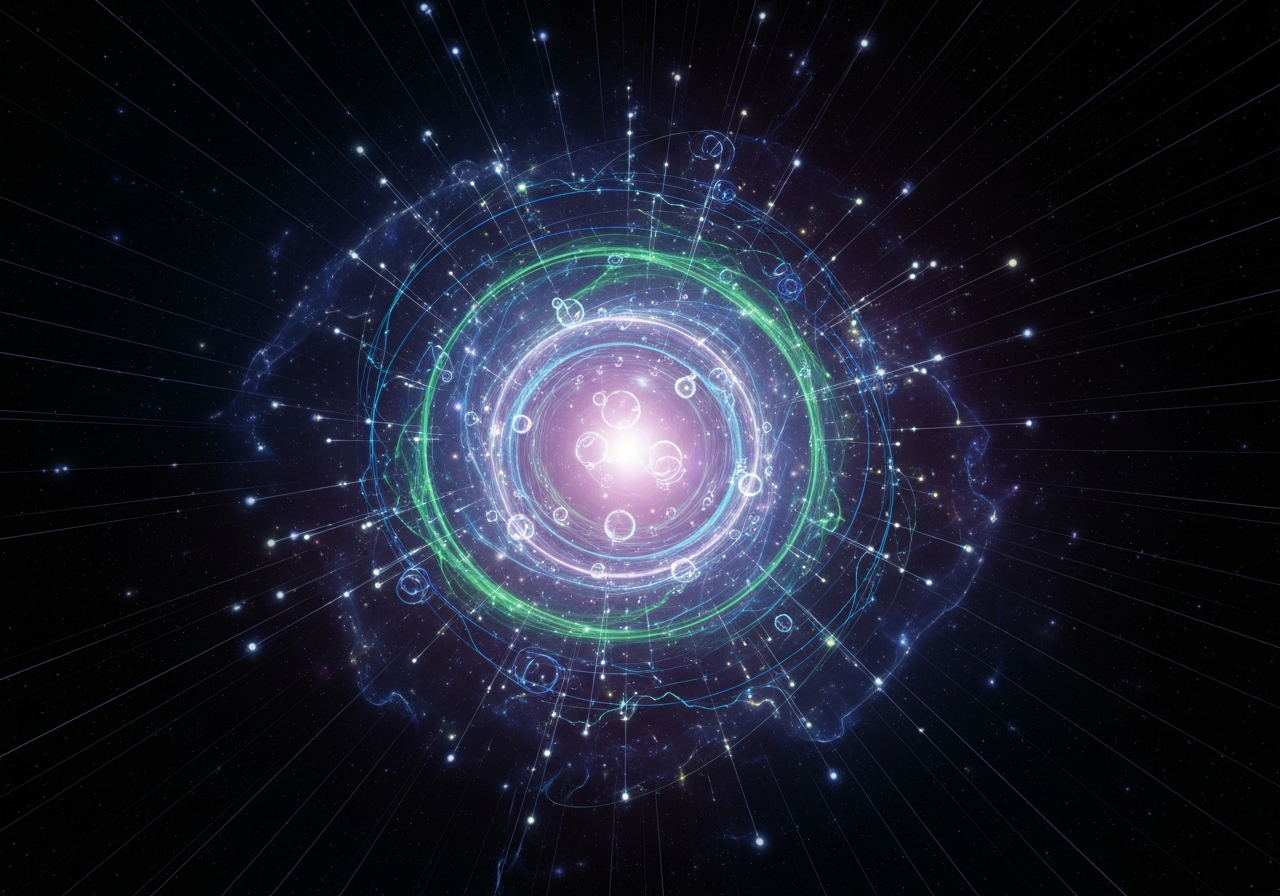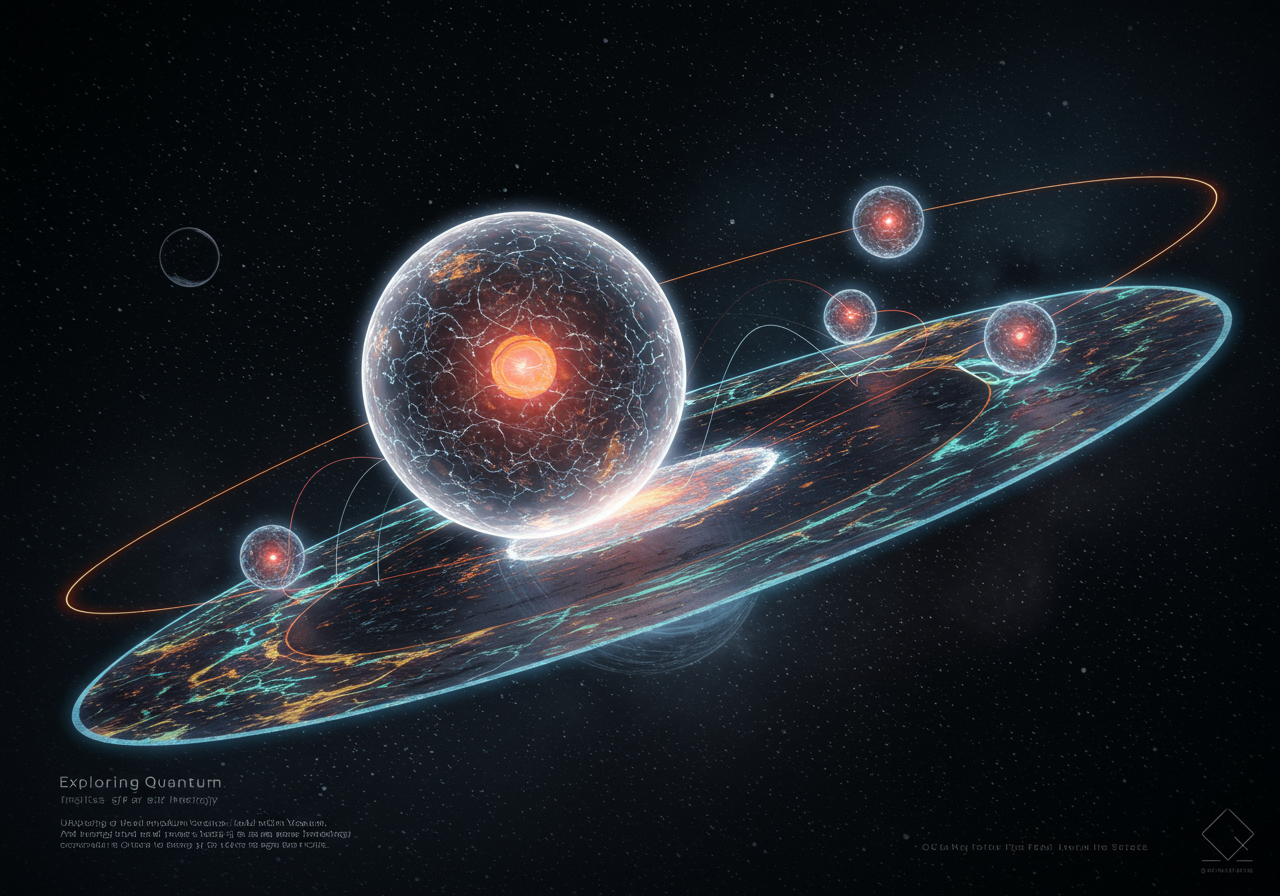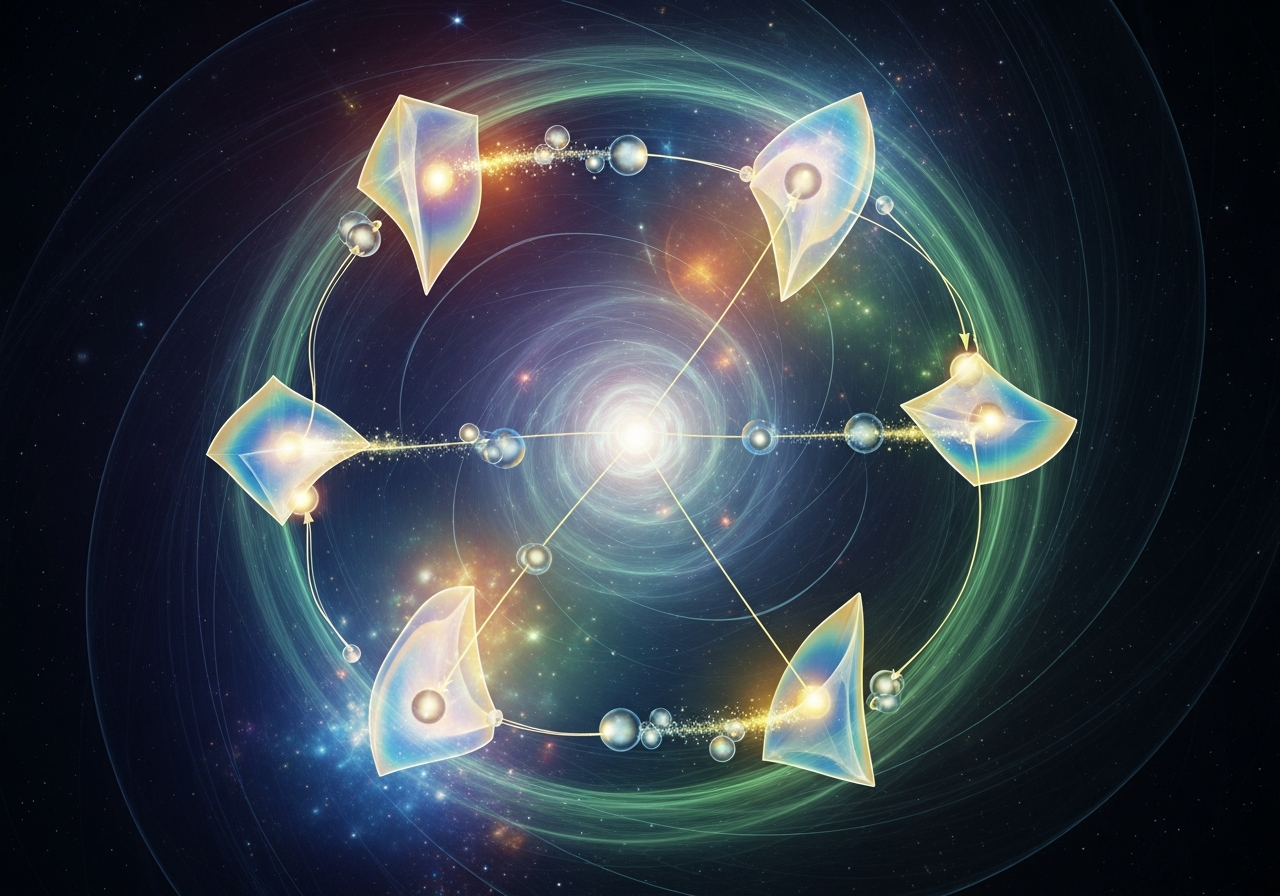In a world that defies the ordinary, where reality holds mysteries waiting to unravel, the GRW Theory steps forward as a compelling story about the interplay between the universe and our minds. Imagine, for a moment, particles swirling in a dance that’s invisible to our eyes but significant to our understanding of existence. At the core of this interaction lies a theory—Spontaneous Collapse—that challenges how we perceive the universe’s inner workings.
At first glance, the GRW Theory could seem like just another idea in quantum mechanics. Yet, when you dig a little deeper, it presents an enchanting vision where gravity isn’t just holding us down; it’s an artist, playing a role in the grand concert of existence. Picture a universe where simply being aware can ripple through the quantum world, urging particles to choose their paths, hinting that observation is more than just seeing. It’s about engagement and interaction, a shared dialogue between all entities that exist.
Let’s break it down together: Spontaneous Collapse models, like the GRW Theory, suggest that particles can decide to transition from a state of potential into a real state even without someone watching over them. Imagine particles at a cosmic gathering, twirling in ambiguity, until the music of gravity decides it’s time for them to take a definitive stance. This isn’t just about particles bouncing around in a lab, but rather about them responding to the whisper of the environment.
This perspective opens up a world where every moment you step outdoors, you’re part of a wondrous choreography where nature isn’t a backdrop but an active participant. Breathing in the fresh air could be an act that interacts with the universe itself. Gravity, in this scenario, is an unseen yet powerful force guiding the quantum dancers toward their places on the dance floor of reality.
Yet, the GRW model goes further, suggesting these quantum shifts aren’t just whimsical—they can be triggered by specific environmental conditions. Perhaps it’s not just atmospheric pressure or cosmic circumstances nudging these changes but also the subtle connections we share—the moments of synchronicity and silent communication between friends separated by distances.
In our exploration of this theory, we arrive at an exciting possibility: that reality is a canvas we paint through every interaction, each thought contributing a brushstroke. If we embrace this autonomy, we unlock a greater appreciation for our role not as mere bystanders but as creators of our reality.
As we learn more about Spontaneous Collapse, we realize that every thought, every intention echoes in this vast ocean of possibilities. What if, by understanding these principles better, we can participate in reality’s unfolding creation? Deciphering these connections isn’t a dry academic exercise; it’s an invitation to recognize the intricate relationship between the quantum world and our own consciousness.
Ultimately, the promise of GRW and Spontaneous Collapse inspires us to see the universe not just as a backdrop of stars and atoms but as a living tapestry. You are not simply passing through; you hold the brush. This quantum dance invites you to engage, to create, and to explore the richness of existence with every mindful step you take.




